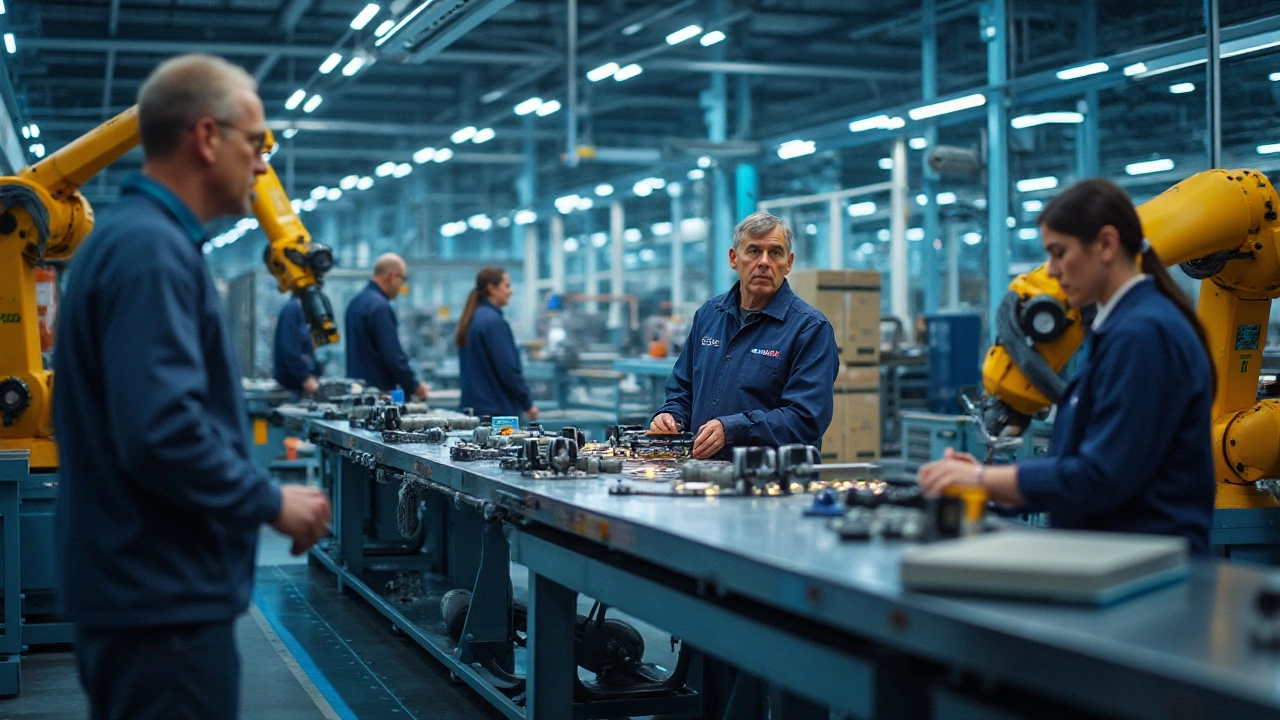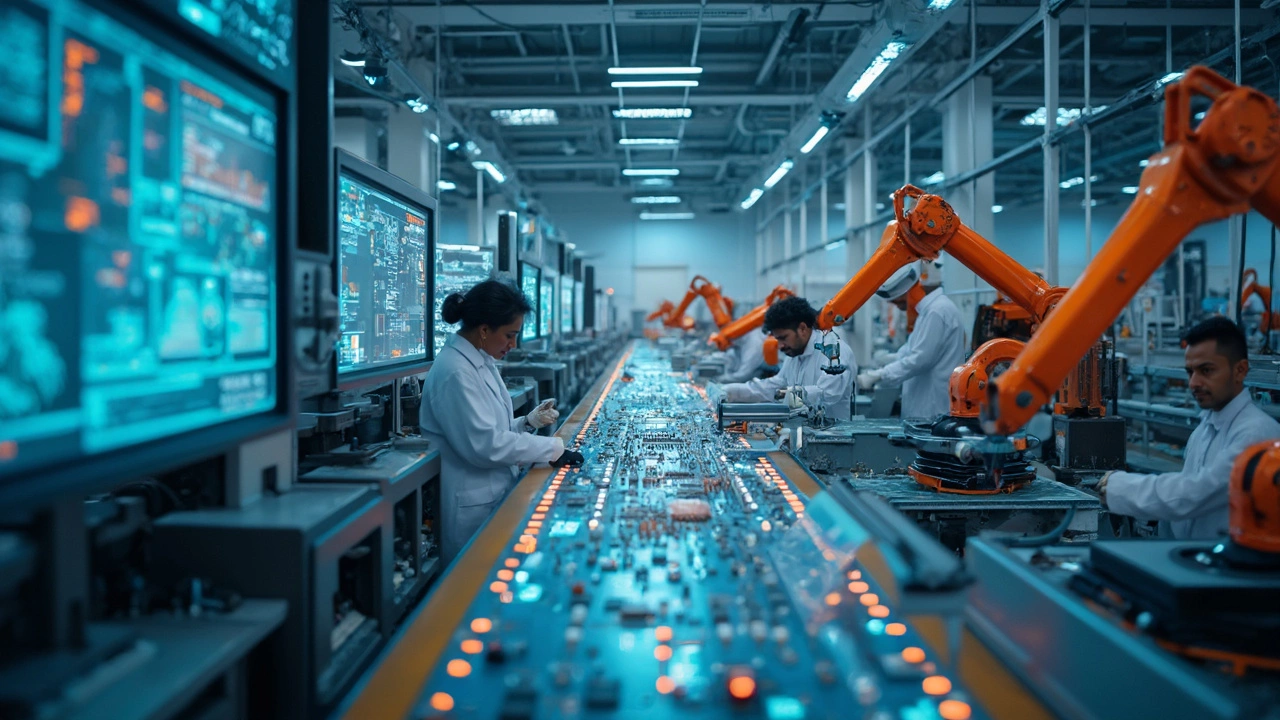Economic Development
When talking about Economic Development, the process of improving wealth, jobs, and living standards across a region. Also known as economic growth, it shapes everything from city planning to national policy. Economic Development isn’t just a buzzword; it’s a measurable set of outcomes that governments, businesses, and communities chase every day. The first semantic triple here is: Economic Development encompasses job creation, infrastructure upgrades, and higher income levels.
Key Drivers of Economic Development
One of the biggest engines behind this process is Manufacturing, the sector that turns raw materials into finished goods at scale. Manufacturing brings capital investment, tech adoption, and skilled labor together, which in turn fuels industrial growth. Another core element is the Local Economy, the network of businesses, services, and households that interact within a defined area. A strong local economy provides the market for manufactured goods and the demand that keeps factories running. When manufacturers expand, they create jobs, and those jobs boost household income, creating a feedback loop – a second semantic triple: Manufacturing requires a vibrant local economy.
Beyond factories and markets, Societal Welfare, the overall health, education, and well‑being of a community determines whether economic gains translate into real quality‑of‑life improvements. Better schools, healthcare, and public services attract talent, which manufacturers need to stay competitive. This links to a third semantic triple: Societal welfare influences economic development by shaping the talent pipeline.
Finally, Industrial Growth, the increase in production capacity and efficiency within manufacturing sectors acts as the catalyst that accelerates both local economies and societal welfare. When industries adopt newer technologies, they cut costs, raise output, and become more export‑ready, pushing the entire region forward. This creates the fourth semantic triple: Industrial growth drives local economic expansion.
All these pieces—manufacturing, local markets, societal health, and industrial upgrades—interlock to form a robust economic development strategy. Below you’ll find a hand‑picked set of articles that break each piece down with data, real‑world case studies, and practical steps you can apply right now. Let’s move on to the insights that will help you see how these forces play out across India’s factories, farms, and neighborhoods.
Is U.S. Manufacturing Poised for Growth? Insights and Analysis
The U.S. manufacturing sector is at a pivotal juncture, influenced by a combination of government initiatives and global market dynamics. This article examines the factors contributing to its potential growth, including technological advancements and economic policies. Understanding the intricate landscape of American manufacturing can offer insights into what the future holds for this vital sector. With the impact of reshoring strategies and sustainable practices, U.S. manufacturing is striving to adapt to modern challenges and opportunities. Explore how these elements are shaping the industry's trajectory.
- manufacturing
- India
- food processing
- garden tips
- rice cultivation
- government schemes
- balcony garden
- urban gardening
- balcony gardening
- profitable business
- business ideas
- plastic manufacturing
- drip irrigation
- plant care
- steel manufacturing
- sustainable gardening
- startup ideas
- steel industry
- flower gardening
- textile manufacturers






